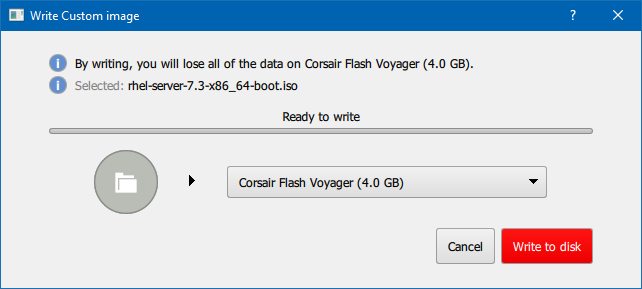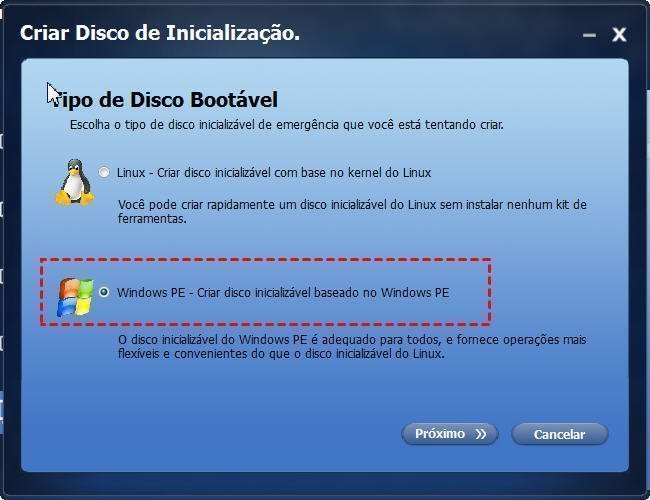

- Scientific linux iso usb driver#
- Scientific linux iso usb full#
- Scientific linux iso usb Pc#
- Scientific linux iso usb plus#
You can choose between 4 types – VFAT (i.e. The second step was choice of the file system type. Please, check this post for an additional details. As you can see, TCL recognized my USB flash drive as a removable device. All disks that we can use will appear in the list. We will use the whole disk, as this is a USB drive.

We rarely need to change the path to the core.gz file.

The tool in the red circle is the installation tool. Therefore, unmount the partition on a USB disk before installation. My first mistake in this process – I mounted the partition that I want to use for installation.
Scientific linux iso usb driver#
However, don’t expect that you can use USB drive in DOS, as DOS doesn’t have a driver nor recognizes the USB bus. Yes, redirection works with all VMs, regardless of the operating system. When the VM was booted, I plugged the USB drive into the port on my laptop, waited for Windows to recognize it and redirected it to my VM. You may also want to check this post about the VM optimization. How fast this will happen depends on the computer speed and the disk type. I started my new VM and waited for the desktop to appear. I created a new VirtualBox VM without a hard disk on my laptop. How I installed CorePlus on a flash driveĪs I mostly work in Windows, I performed a mighty trick. However, if you plan to use this flash drive as a storage space for your files, then you should use a larger drive. The difference in the price is small and you don’t want to risk to go on the site just to find that your USB drive is dead. Therefore, my strong advice is to use only high-quality flash drives. I made 3-4 USB installations in the past three years. If you need to use more RAM, than you should use the 64-bit version. I found that the 32-bit version has a memory limit of 2 GB. In most cases, the 32-version will be fine.

You need to download the appropriate ISO image and to obtain one quality USB flash. We will now work in GUI mode, but the process is the same. This process is very similar to the installation of the Microcore version, which I already described in this post.
Scientific linux iso usb full#
I will show you the full installation process. Anyway, if you’re more interested in this process, use the comment section below. You can’t use Rufus for this task, as Tiny Core Linux has a specific directory structure on a CD and generated live USB drive. Run the tool from Windows 7 or later, choose the ISO image you want to use and let the tool do the rest. You can boot from it in the same way as with a CD. If you choose the first method, you can make a USB installation from the installation CD.
Scientific linux iso usb plus#
Therefore, I chose Tiny Core Plus version for my starting point. Additionally, I want to use this flash to test different network services, like a DHCP, DNS or Web server.Īs you can see, I had a need to build one installation that will cover the wide scale of different scenarios.
Scientific linux iso usb Pc#
That means that I will need to check motherboards, wired or wireless cards, sound cards or hard drives on a PC with problems. In most cases, I will need to perform PC diagnostics. Tiny Core Plus (a few GUI versions, Ethernet and WiFi support, and a few more tools).Tiny Core (the GUI version and Ethernet support).Microcore (the CLI version and Ethernet support).My full installation with a large repository occupies about 1.2GB on a flash drive and I can flexibly use that USB as a home/office workstation (using Libre office, any of a few Internet browsers, mail clients, GIMP, etc.), a PC repair kit with the different system tools like GParted or Wireshark, or as a full LAMP server.Īs you can see on the download page, Tiny Core Linux is distributed in three versions: Tiny Core Linux (TCL) is designed to be an extremely small and nomadic distribution. All you need is any PC with the boot from USB capability and 128+ Megabytes of RAM. But, having the full installation running from a USB flash drive that acts like a hard drive is the difference. The Linux live CD or USB stick is not hot news.


 0 kommentar(er)
0 kommentar(er)
